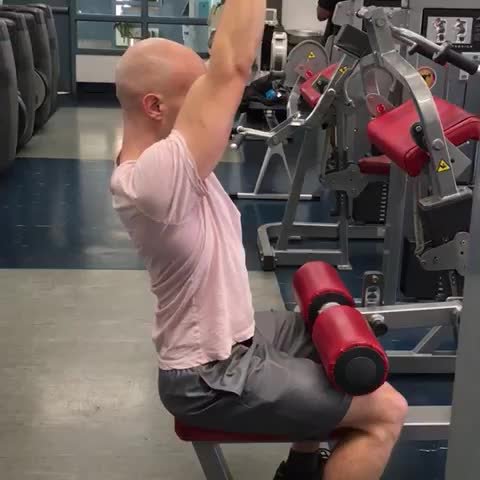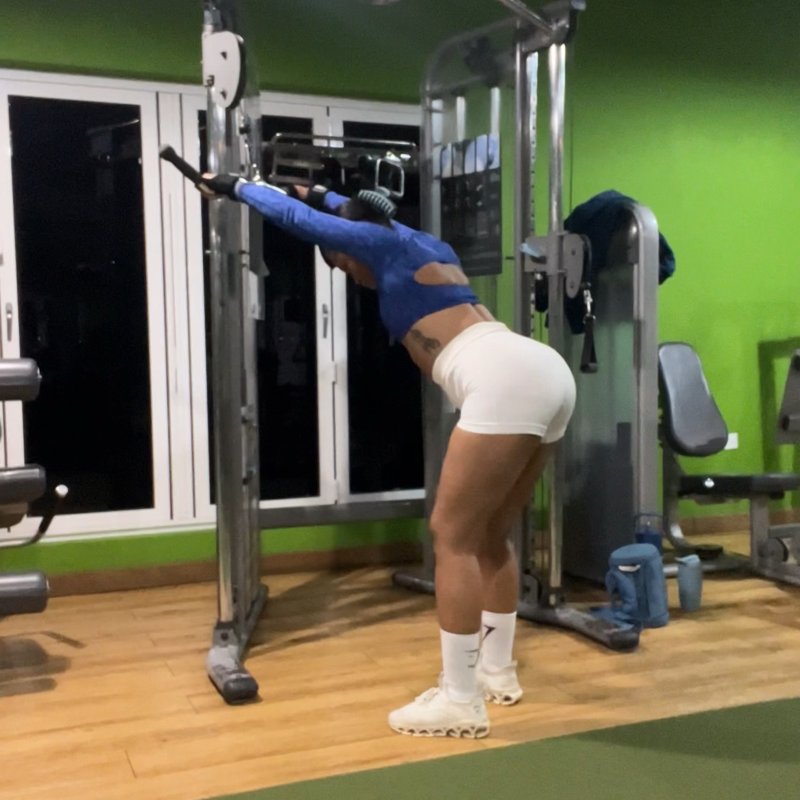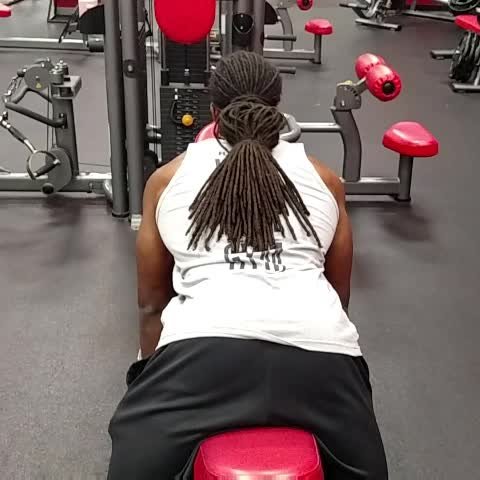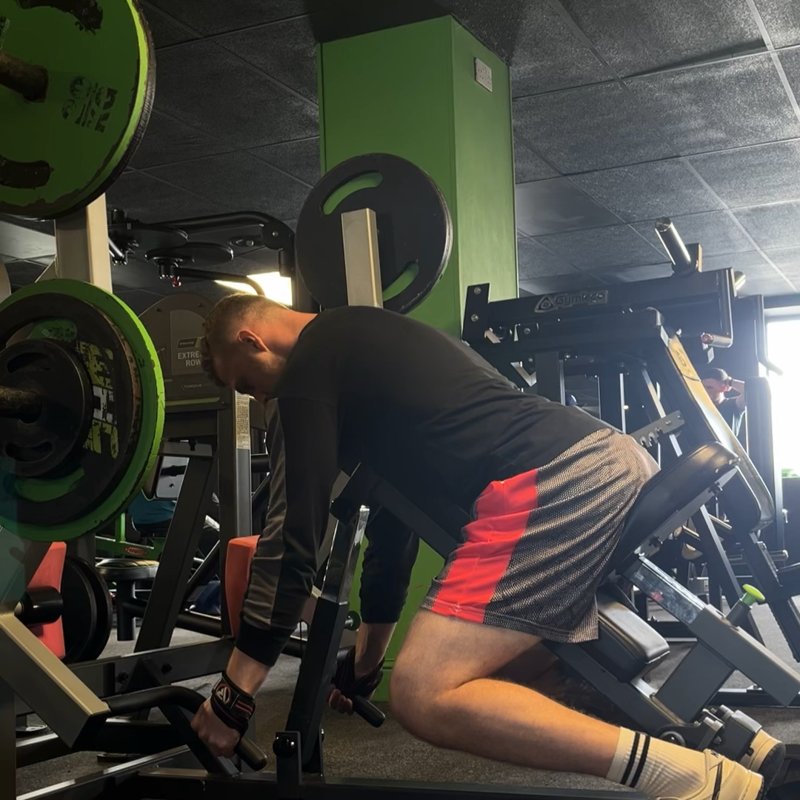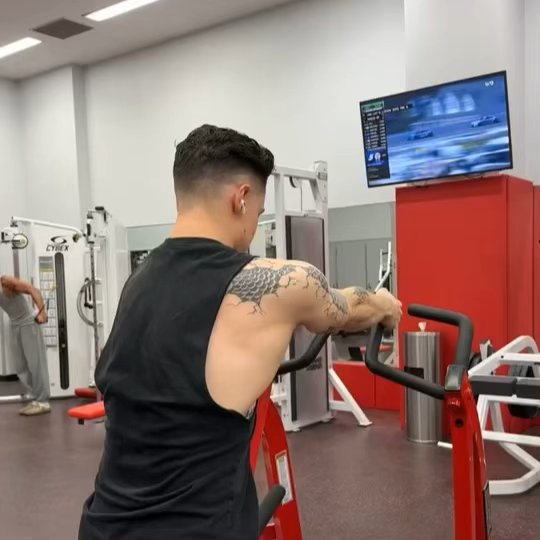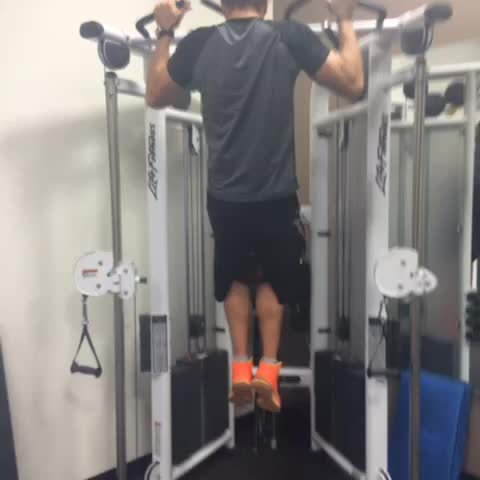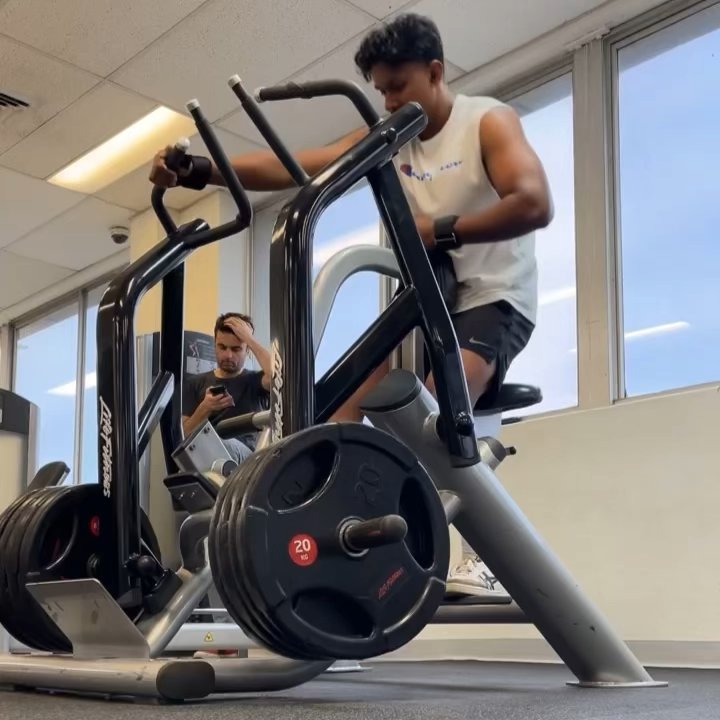Lat Pulldown: The Ultimate Guide
The lat pulldown is a foundational back exercise that targets the latissimus dorsi and builds upper body pulling strength. This guide covers proper technique, variations, and programming strategies for back development.

Quick Facts
Key Benefit
Develops back width and upper body pulling strength in a controlled environment
Primary Muscles
Lats, Rhomboids
Secondary Muscles
Biceps, Forearms, Posterior Deltoids, Traps
Equipment
Cable Machine
Difficulty
Beginner
Type
Strength, Hypertrophy
In This Guide
Ready to master the Lat Pulldown?
Track your progress, see improvements over time, and build strength consistently.
Download GravitusThe Lat Pulldown is one of the most effective exercises for developing back width and upper body pulling strength. This versatile machine-based movement serves as an excellent alternative to pull-ups for beginners while offering advanced lifters various ways to target their back musculature. The lat pulldown primarily targets the latissimus dorsi (the large wing-like muscles on your back), along with the biceps, rear deltoids, and many other upper back muscles. It's an essential exercise for building a balanced, well-developed physique. Whether you're new to resistance training or an experienced lifter, the lat pulldown deserves a place in your training program. This guide covers everything from proper technique and common variations to programming strategies that will help you maximize your results.
Why the Lat Pulldown Is Worth Mastering
The lat pulldown offers several unique benefits that make it an essential exercise in any well-rounded training program:
Accessible Pull Movement
Provides the benefits of vertical pulling for those who cannot yet perform pull-ups or chin-ups with proper form.
Builds Back Width
Specifically targets the latissimus dorsi muscles, which create the coveted V-taper appearance when well-developed.
Highly Customizable
Allows precise adjustment of weight, grip width, and attachments to target specific areas of the back and address individual weaknesses.
Proper Lat Pulldown Form: Step-by-Step
Starting Position
- Select an appropriate weight and adjust the thigh pad to secure your lower body.
- Sit facing the machine with feet flat on the floor and thighs secured under the pads.
- Reach up and grasp the bar with a pronated (overhand) grip slightly wider than shoulder width.
- Sit tall with your chest up, shoulders pulled back and down, and a slight arch in your lower back.
The Movement
- Initiate the movement by pulling your shoulder blades down and back (think of putting them in your back pockets).
- Pull the bar down toward your upper chest by driving your elbows toward the floor, keeping them in line with your torso or slightly behind it.
- Continue pulling until the bar touches or nearly touches your upper chest/collarbone area.
- Slowly return the bar to the starting position with controlled movement, fully extending your arms without letting the weight stack touch down.
Key Form Tips
Engage Your Lats
Focus on initiating the pull with your back muscles rather than your arms.
Elbow Path
Keep elbows pointed down and back rather than out to the sides.
Chest Position
Maintain a proud chest throughout the movement to optimize lat engagement.
Range of Motion
Aim for a full stretch at the top and complete contraction at the bottom.
Control
Avoid using momentum or jerking the weight down; maintain a 21 tempo (slower on the eccentric phase).
Head Position
Keep your head neutral aligned with your spine, not jutting forward.
Muscles Worked in the Lat Pulldown
Primary Muscles
- lats: The large, flat muscles that run along the sides of your back are the primary movers in this exercise, creating the pulling force.
- rhomboids: Located between your shoulder blades, these muscles contract to pull your shoulder blades together during the movement.
- teres major: Often called the "mini lat," this muscle works alongside the lats to pull the arm downward and inward toward the body.
Secondary Muscles
- biceps: The biceps act as secondary movers, assisting with elbow flexion during the pulling phase.
- posterior deltoids: The posterior head of the shoulder muscle helps pull the bar down and stabilizes the shoulder joint.
- traps: The lower fibers assist in depressing and retracting the shoulder blades.
- forearms: Engaged throughout the exercise to maintain grip on the bar.
Common Mistakes and How to Avoid Them
Pulling with the arms instead of the back
Focus on initiating the movement by retracting your shoulder blades first, then continue the pull by driving your elbows down and back. Imagine your hands as hooks and your arms as chains, with your back muscles doing the work.
Excessive backward leaning
While a slight lean back (about 10 degrees) is acceptable, excessive leaning turns the exercise into a modified row. Stay relatively upright to maintain proper lat activation and reduce lower back strain.
Pulling the bar behind the neck
This position can stress the shoulder joints and doesn't provide additional benefits. Instead, pull the bar to your upper chest/collarbone area for safer, more effective lat development.
Using momentum or jerking movements
Swinging or using momentum reduces muscle activation and increases injury risk. Control the weight throughout the entire range of motion, especially on the eccentric (return) phase.
Lat Pulldown Variations
Grip Variations
-
Close-Grip Lat Pulldown
Using a narrow grip (hands 8-12 inches apart) places more emphasis on the lower lats and increases biceps involvement.
-

Reverse-Grip (Supinated) Lat Pulldown
Palms facing toward you during the pull shifts more tension to the lower lats and biceps.
-

Neutral-Grip Lat Pulldown
Using a parallel grip attachment provides a more natural hand position that can be easier on the shoulders.
Equipment Variations
-

Single-Arm Lat Pulldown
Performing the movement one arm at a time helps identify and correct strength imbalances while increasing core activation.
-
V-Bar Lat Pulldown
Using a V-shaped attachment allows for a neutral grip position that targets the middle back more effectively.
-
Straight-Arm Lat Pulldown
Keeping the arms straight throughout the movement isolates the lats and mimics the function of the lats in arm extension.
FAQs About the Lat Pulldown
Both exercises target similar muscle groups, but the lat pulldown allows for more precise weight selection and is more accessible for beginners. Pull-ups generally provide greater core engagement and functional carryover, while lat pulldowns offer more variation possibilities and targeted isolation. Ideally, a well-rounded program would include both exercises when possible.
While a wider grip has traditionally been thought to better target the outer lats, research shows that grip width mainly changes which additional muscles are engaged rather than affecting which part of the lats work. A grip slightly wider than shoulder-width (approximately 1.5x shoulder-width) provides an optimal balance of range of motion and mechanical advantage for most people.
Pulling to your upper chest is generally recommended. The behind-the-neck variation places your shoulders in an externally rotated and forward position that can increase impingement risk, especially for those with limited shoulder mobility. The front pulldown allows for a more natural movement pattern, better range of motion, and reduces strain on the shoulder joint.
Video Demonstrations
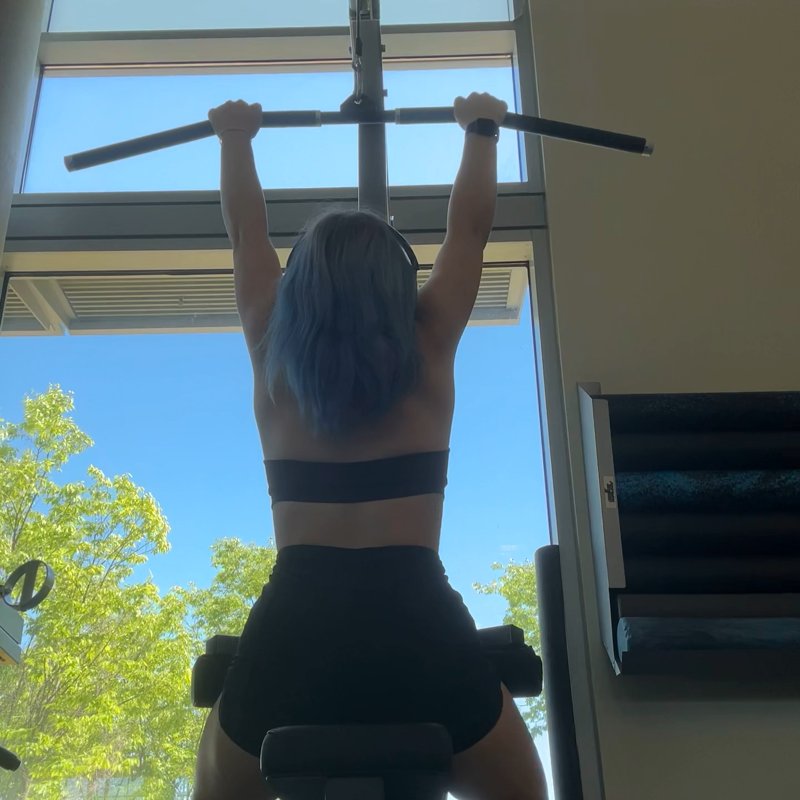
Log in to watch video demonstrations
Login to Watch3 video demonstrations available
Find more video demonstrations in the Gravitus app
Tips from the Community
-

Arch your back and pull the bar to your upper chest, focusing on driving your elbows back.
-

Can bring bar down to your sternum or behind the neck neither is wrong, when bringing the bar down to your sternum don't go below other wise it puts the weight onto your triceps and off of your lats.
-

Think about bringing your elbows together behind your back—pull them down and back
-

Stretch arms to full length when bringing weight to starting position.
-

Pull down to about collarbone level
Track your progress with Gravitus
Download Gravitus to log your workouts, track your progress, and join a community of fitness enthusiasts.

Helpful Resources
One Rep Max Calculator
Find your one rep max for any exercise without maximal testing. Essential for developing effective strength training programs.
Calculate 1RMWorkout Programs
Follow structured workout programs created by fitness professionals to maximize your strength and muscle gains.
View Programs